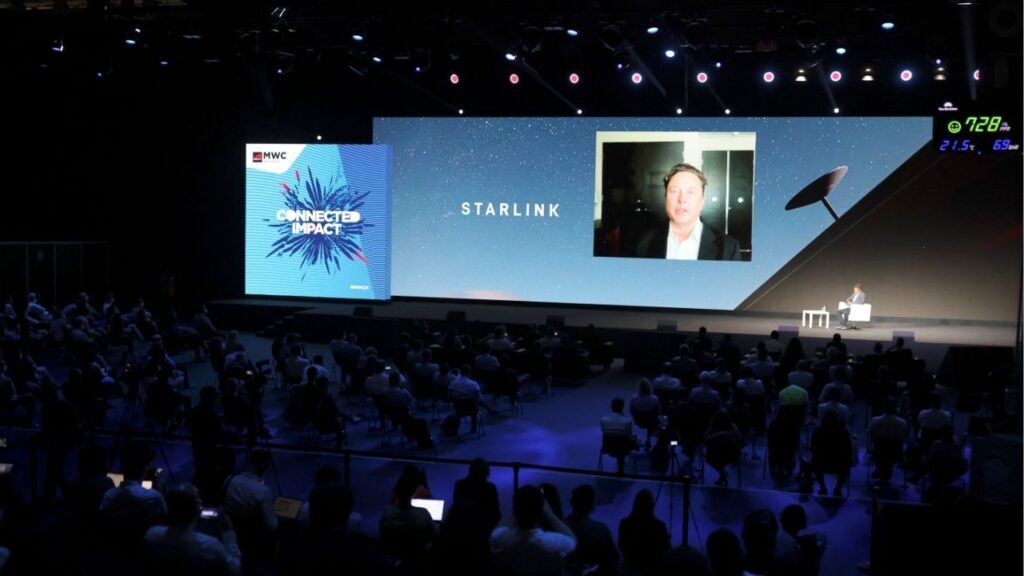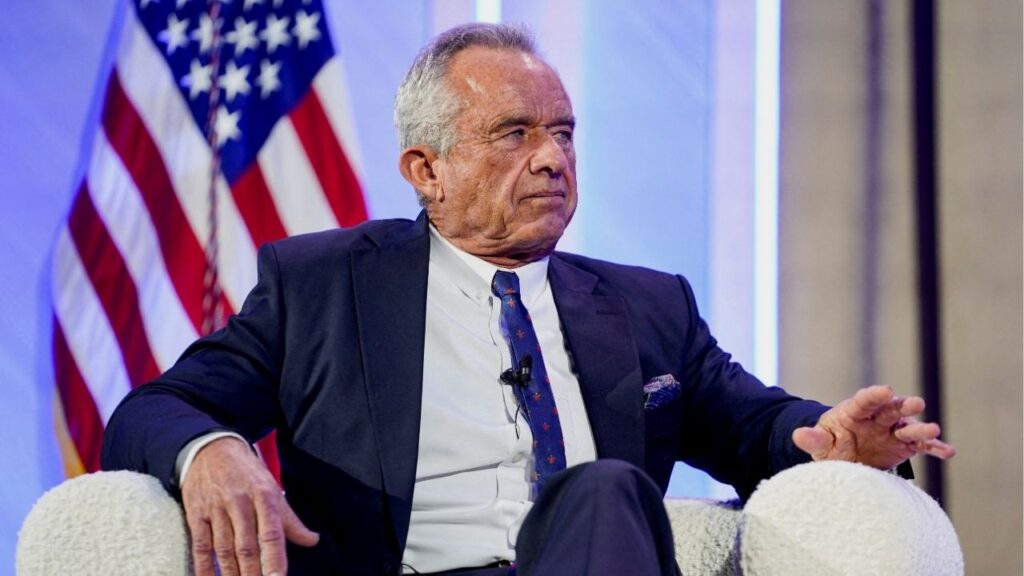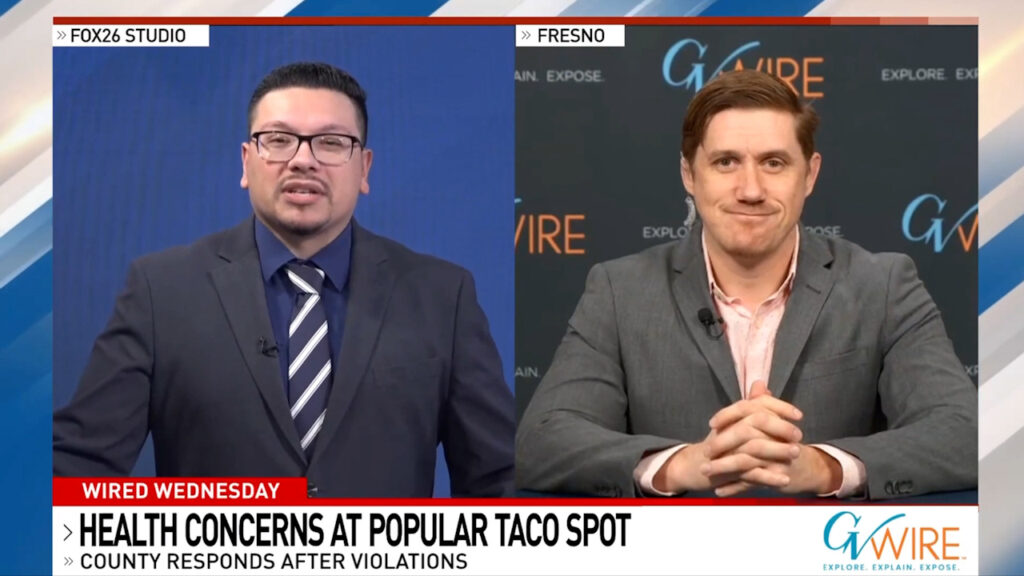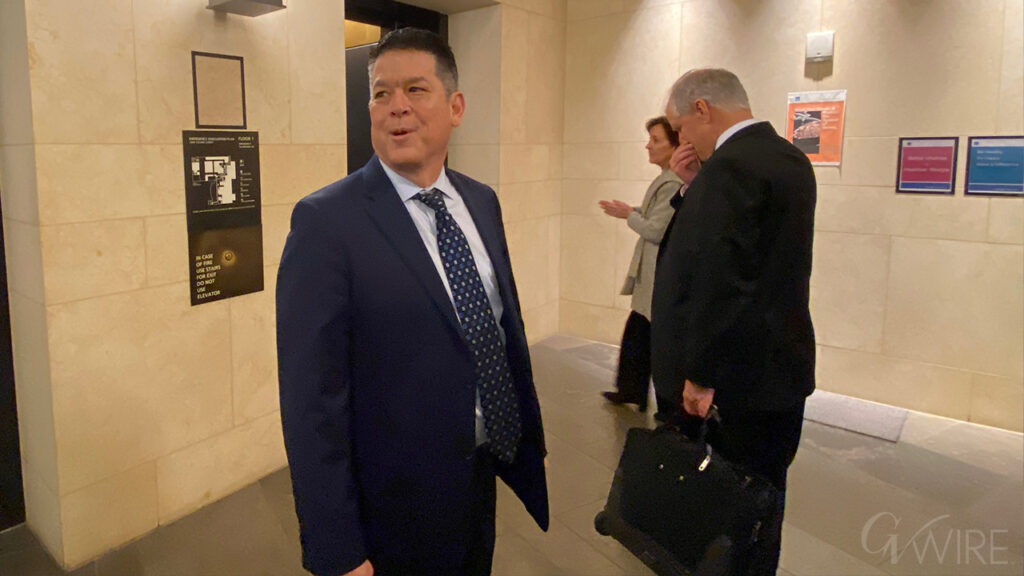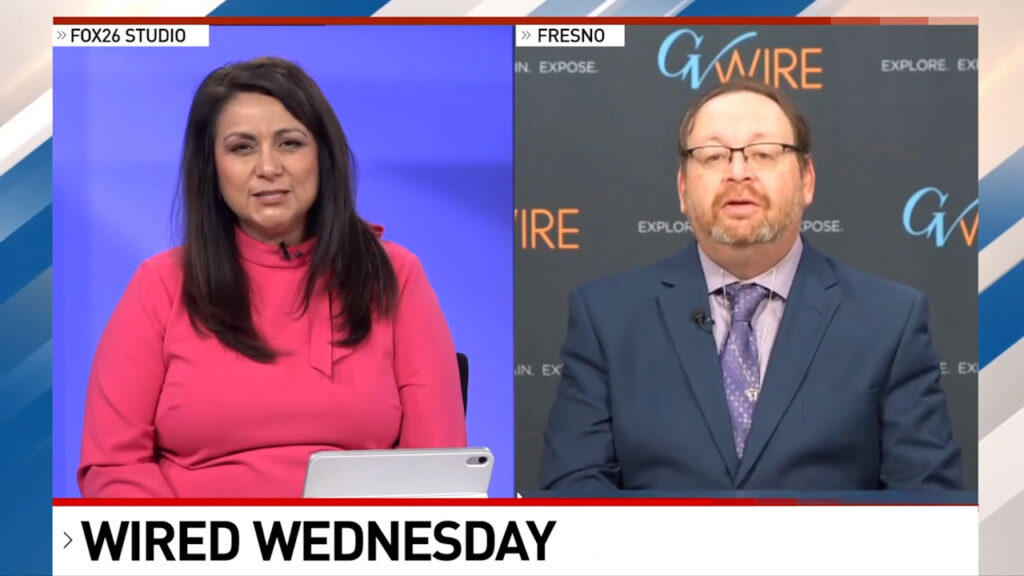Share
At its best, journalism sheds light on important issues in hopes that a more informed public will press officialdom to confront and resolve them.
California’s chronic shortage of housing is one such issue and two very recent articles, one in the Los Angeles Times and the other in the New York Times, delve into how the crisis developed and why dealing with it is extraordinarily difficult.
The Los Angeles Times details its city’s history of encouraging sprawling single-family neighborhoods while packing the poor into confined neighborhoods, where deadly diseases such as COVID-19 run rampant.

Dan Walters
CalMatters
Opinion
It begins with the death of Leonardo Miranda, “who rented a shed and shared the kitchen, bathroom and dining room in the main house.”
After COVID-19 attacked Miranda, “it spread to a man who slept on three red cushions in the laundry room. Then to a grandfather and grandson who wedged two mattresses into one room. By the time COVID-19 was finished with the three-bedroom home, shared by eight, Miranda and the grandfather were dead.”
The article continued, “More homes are overcrowded in Los Angeles than in any other large U.S. county, a Times analysis of census data found — a situation that has endured for three decades, with no sign of abating.
“In places like the Pico-Union neighborhood, where Miranda lived, generations of families squeeze into tiny apartments. Construction workers, seamstresses and dishwashers live in close quarters. Day laborers bunk with half a dozen or more strangers in living spaces intended for one or two people.
“Within these confines, COVID-19 advanced without mercy: orphaning children, killing breadwinners and shattering families.”
One of the article’s most poignant passages describes how the city’s “leaders bulldozed Mexican neighborhoods in Chavez Ravine, forcing out thousands with the promise of new, low-cost, public housing to meet the needs of a city exploding in population after World War II. Then real estate interests exploited the communist paranoia of the Red Scare to defeat the housing projects, and instead, the city gave the land to the Dodgers for a stadium to entice the team’s move from Brooklyn.”
By happenstance, the New York Times article by Ezra Klein picks up where the Los Angeles Times’ article ends. Klein lays out in detail why current state and local government policies make it so infuriatingly difficult to build the low-income housing that would relieve deadly overcrowding and the homelessness it spawns.
In 2016, Klein notes, Los Angeles voters approved a $1.2 billion ballot measure to build 10,000 new apartments for the homeless and Mayor Eric Garcetti boasted, “The voters of Los Angeles have radically reshaped our future, giving us a mandate to end street homelessness over the next decade.”
However, “Six years later, neither the mandate nor the money has proved to be nearly enough. In 2016, Los Angeles had about 28,000 homeless residents, of whom around 21,000 were unsheltered (that is, living on the street). The current count is closer to 42,000 homeless residents, with 28,000 unsheltered.”
The 2016 ballot measure produced just 3,357 units “and the most recent audit found the average cost was $596,846 for units under construction — more than the median sale price for a home in Denver. Some units under construction have cost more than $700,000 to build.”
Klein details the impediments to building cost-effective housing and concludes, “This is the paradox of housing development in Los Angeles and so many other cities. The politics of the affordable housing crisis are terrible. The politics of what you’d need to do to solve it are even worse.”
Both articles should be mandatory reading in the Capitol.
About the Author
Dan Walters has been a journalist for nearly 60 years, spending all but a few of those years working for California newspapers. He began his professional career in 1960, at age 16, at the Humboldt Times. For more columns by Walters, go to calmatters.org/commentary.
Make Your Voice Heard
GV Wire encourages vigorous debate from people and organizations on local, state, and national issues. Submit your op-ed to rreed@gvwire.com for consideration.
RELATED TOPICS:
Categories

Fresno Mother, 2-Year-Old Daughter Identified in Fatal Crash
